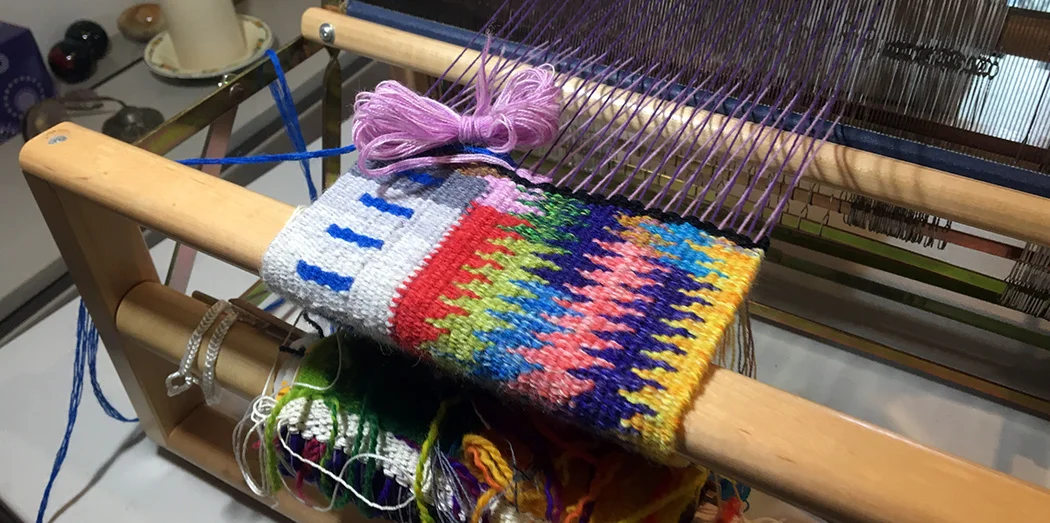My Vermont retreat is always a time full of exploration, good food, and the sense of camaraderie that comes with people staying in the same big house for 5 days. This year was no exception and I enjoyed the five days with another exceptional group of people immensely.
The retreat was about color use in tapestry weaving. This is a huge topic so of course we only scratched at it a bit in the course of 5 days. But many great questions were asked and we played with many potential answers.
I like to start these color retreats by having people look at value. It is one of the most important concepts in design and I find that people disregard it so easily.







